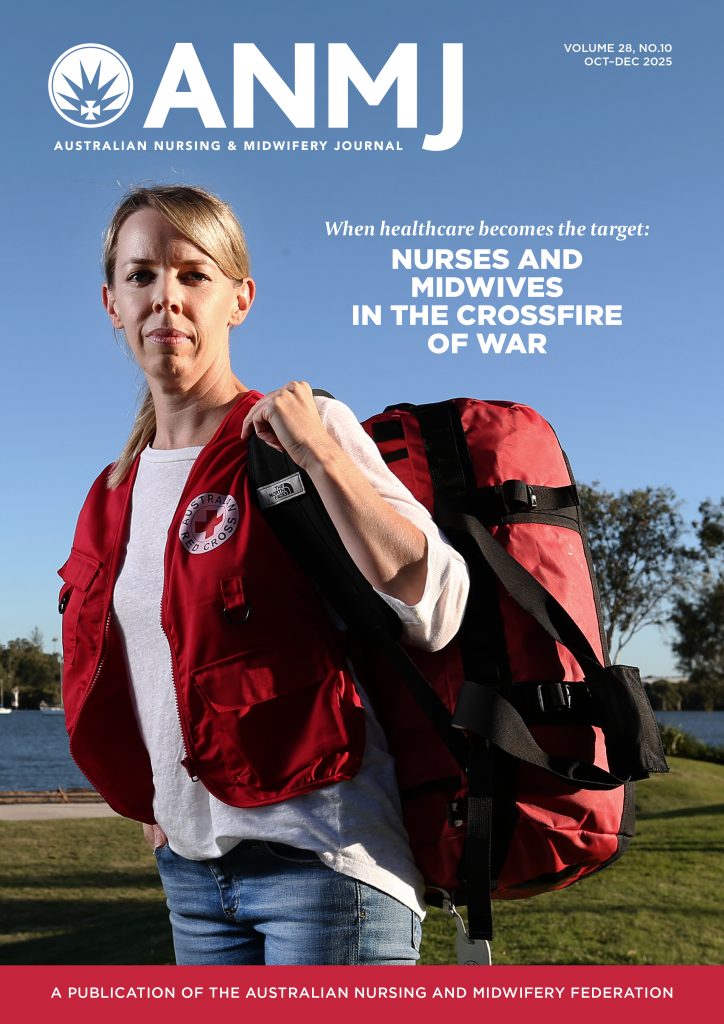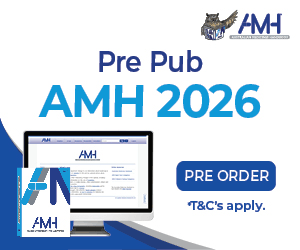For over a century, industrial awards have been an important part of the employment landscape of Australia.
The Conciliation and Arbitration Act 1904 set the scene for the Commonwealth government to regulate industrial relations between employers and employees.
In 2019, most ANMF members’ wages and conditions are covered by a collective agreement, either an enterprise agreement made under the federal Fair Work Act 2009 (the Act) or in the case of public sector workers in most states, a collective agreement under state industrial relations legislation.
However, some members are not covered by a collective agreement.
For most of those nurses and midwives, the relevant modern award, the Nurses Award 2010, provides the wages and conditions.
The exception is nurses employed in private schools who are covered by the Educational Services (Schools) General Staff Award 2010 and some private sector nurses in Western Australia not employed by constitutional corporations.
The Act provides a mechanism for increasing minimum rates of pay through an annual wage review.
Since 2010, the rates of pay have increased every year from the first full pay period after 1 July.
The Fair Work Commission (FWC) has on average provided higher wage increases than its predecessor, the Coalition Government’s Australian Fair Pay Commission, which refused to even provide an increase in 2009.
Historically, the increases to award rates of pay were often a flat dollar amount.
From 2011, the FWC discontinued this practice, noting that award relativities in pay had been compressed and that the real value of minimum wages had fallen for those employees at higher classification levels (Fair Work Commission 2011).
This is particularly significant for registered nurses and midwives covered by awards.
2019 decision
The FWC recently handed down its 2019 annual increase, deciding on a 3% increase to award rates of pay and the minimum wage.
Australian unions, through the ACTU, had argued for a 6% increase, whereas employer groups pushed for much less, with the Australian Industry Group calling for a 2% increase and the National Retail Association arguing for a 1.8% increase.
Since the FWC started increasing awards by percentages in 2011, the average yearly increase has been 2.96%.
Yearly Increase – 2011-2019
Year Increase
2011 3.4%
2012 2.9%
2013 2.6%
2014 3%
2015 2.5%
2016 2.4%
2017 3.3%
2018 3.5%
2019 3%
These increases are also important for nurses and midwives covered by a collective agreement.
They provide a floor below which rates of pay cannot fall and can be used as a starting point to argue for higher rates of pay during negotiations.
What about allowances?
Awards made under the Act are clear in identifying the basis for any increase to an allowance.
The relevant Consumer Price Index (CPI) is used to calculate increases in expense related allowances, which means some allowances have not increased for some time.
For example, the ‘Clothing and equipment’ allowance in the Nurses Award 2010 has not increased since 2012 because the CPI figure for this category has decreased since this time (allowances generally do not decrease).
Conversely, meal allowances have increased every year as the ‘Take-away and fast foods sub-group’ has increased every year.
Similarly, on call allowance is paid as a percentage of the ‘standard rate’, which means it usually increases every year.
The standard rate is the minimum weekly wage for a registered nurse – level 1 pay point 1.
Reference
Fair Work Commission, Annual Wage Review, Melbourne, 3 June 2011.








